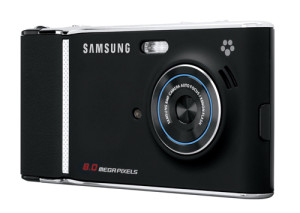For short posts, I’m actually more comfortable sitting on the couch and writing on my tablet than firing up my computer and sitting at my desk. This is something I discovered during NaBloPoMo. My workflow typically went like this:
- Write the post in the WordPress App.
- Set categories/tags and upload as a draft.
- Switch over to the admin interface to finalize and post: customize the URL, description, share options, etc.
What would send me to the computer are the things that are difficult to do on a tablet:
- Layout and formatting.
- Linking to other posts & sources.
- Major editing.
- Image size and filenames. Even if I use a file manager on my phone to rename the image, the WordPress app is going to change it on upload to something like wpid-123456789
I’m not sure how much of that is the couch and how much of that is the fact that I’ve been putting off upgrading my home computer in favor of the devices I use more often. I finally replaced the ancient Nexus 7 with a Samsung Galaxy Tab S2 a few months ago. (It’s awesome!) It’s FAR more responsive (the Nexus 7 was basically a proof of concept, and doesn’t deal with modern software very well), so I can actually use it for stuff.
Plus it turns out even at 8″, a 4:3 screen has a much better balance of onscreen keyboard and text area than the 8:5 screen did. Being able to see more of your document, even a little, has a surprising impact on how comfortable it is to write it.
